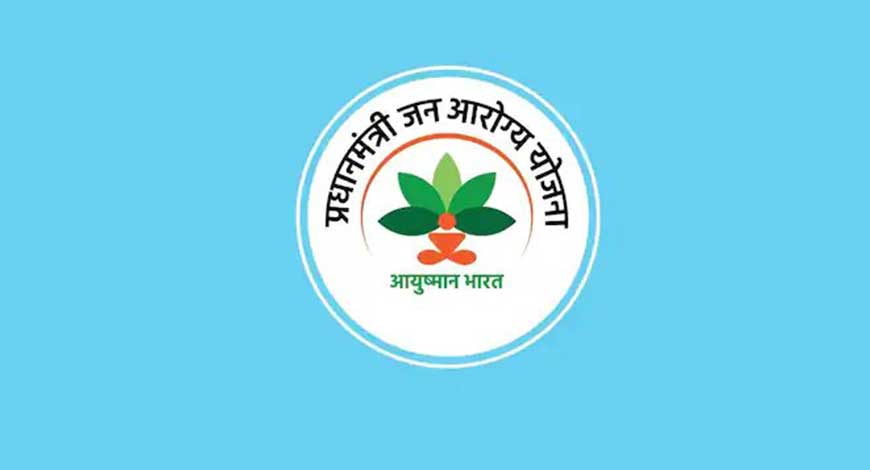Headlines of The Day
New differential pricing proposed for Ayushman Bharat-PMJAY

Ahead of announcing new rates for the packages offered under the Centre’s flagship health insurance scheme Ayushman Bharat-Pradhan Mantri Jan Aarogya Yojana (PMJAY), the National Health Authority (NHA) has unveiled a new pricing policy far removed from the current regime.
Under the new plan, medical colleges and private sector tertiary hospitals are set to be the biggest gainers, followed by secondary hospitals in tier 1 and 2 cities.
A concept paper on the new policy, released last week by the NHA, which operationalises PMJAY, showed that in a first, hospitals will be allowed to charge a differential price based on the services they offer and the cities they are located in.
Under the PMJAY scheme, about 50 crore Indians or about 10 crore families categorised as most impoverished, are offered cashless benefits for secondary and tertiary care of up to Rs 5 lakh per person per year.
There are nearly 25,000 hospitals under the scheme, 10,500 in the public sector and 14,500 private. As of now, nearly 1,669 treatment procedures are offered under the scheme of which 1,080 are surgical, 588 medical and one unspecified package.
The new rates as per the proposed pricing policy are set to be announced in April and the NHA has asked for feedback on the concept paper by April 25.
Existing pricing system
There are base rates decided for every package offered under the scheme.
There is also a provision of incentives for hospitals for different supply-side factors; for example, there is an additional incentive of 15 percent, 10 percent and 5 percent over the base package rate for hospitals with full National Accreditation Board for Hospitals (NABH) accreditation, entry-level NABH-accredited hospitals and PMJAY bronze quality certified hospitals, respectively.
In addition, PMJAY currently provides an additional subsidy to teaching hospitals, hospitals in tier 1 cities and in aspirational districts of 10 percent of the standard reimbursement rate.
New changes proposed
The NHA paper says the rates for surgical packages in hospitals in tier 1 and 2 cities should be set 25 percent and 17 percent higher than the price paid to those in tier 3 cities.
Also, teaching hospitals or medical colleges should be paid 33 percent higher than that paid to secondary-level facilities.
For medical packages, the NHA has suggested that the costs in tertiary or teaching hospitals be 15 percent higher compared to secondary hospitals and the existing incentive of 10 percent to teaching hospitals be continued because the current PMJAY base prices are not entirely based on secondary-level hospitals.
Examples of medical packages include management of COVID-19, dengue, dehydration and acute febrile illness, among others. Surgical procedures include several surgeries such as bypasses and knee replacements.
Hospitals in tier 1 and 2 cities should also be paid 15 percent higher prices than tier 3 hospitals for non-surgical medical packages, the paper suggests.
This formula, based on several costing studies carried out over the last year, will mean the biggest-ever rise in the cost of treatment packages offered under the scheme.
Current pricing not viable
In a press briefing after the annual summit of Nathealth, a body of industry players in the healthcare sector, its president Dr Harsh Mahajan on March 29 said that several large corporate hospitals are still not empanelled under PMJAY due to the very low rates offered under the scheme.
“The government rates offered under the CGHS (Central Government Health Scheme) have not been revised since 2014,” he said. “The rates for most packages under PMJAY are even lower than CGHS.”
If CGHS rates are revised factoring in inflation and the same is adopted for PMJAY, said Mahajan, the new rates will be acceptable to all.
Girdhar Gyani, director-general of the Association of Healthcare Providers of India, a network of private hospitals, said that the concept paper released for public feedback is a bid to build a consensus on the changes in pricing policy.
“We are hoping that our longstanding proposal on favourable pricing is met,” he said. “If it does not happen, it will become unviable for most hospitals to continue under the scheme.” Moneycontrol














